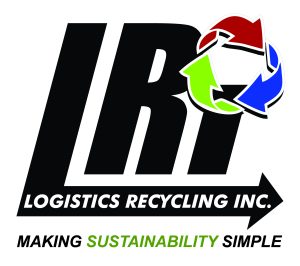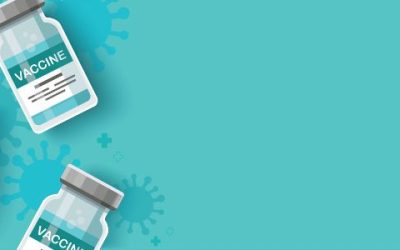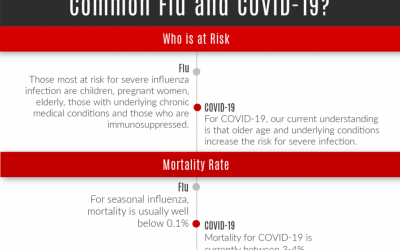All MERI employees will wear face masks when they are collecting medical waste. We are doing this to keep our customers, our employees, and their families safe during the Covid-19 outbreak.
MERI is following the new CDC recommendations to wear face masks. This is in light of new evidence that the virus travels through droplets that naturally occur when people speak to each other in close proximity. Or, when someone coughs or sneezes.
The new CDC guidelines suggest all should wear cloth face coverings in public settings where other social distancing measures are difficult to maintain. This includes essential businesses such as ours. At present, all MERI team members have face masks to wear.
We wondered though about you. If you don’t have access to a medical mask, do you know how to quickly make and wear one? More importantly, do they really work?
How to Make a Homemade Mask
Because the CDC recommends for all to wear face masks when out out in public, it gives some recommendations on how to wear a mask.
Recently, the NY Times had a great article quoting scientists and crafters on the perfect material to use when making a mask. They note the secret is finding something breathable, yet durable to capture microscopic particles. Some materials, like quilters cotton, are better than others, like thin cotton.
Whatever design you choose from the array of patterns on the internet, make sure your mask fits as snugly as possible around your face to limit airflow around the mask.
What Are Best Practices When Wearing a Homemade Mask?
Here are some things to keep in mind when wearing your homemade mask:
- Wash your hands with soap and water before you put on the mask.
- If your mask has ties, secure the bottom ties first with a bow around the nape of your neck. Then pull the mask by the upper ties over your mouth and chin and secure around your head.
- Wash your hands every time you touch your mask during the day
- Wash your mask every time you remove it and wash your hands with soap and water after removing the mask. Put the mask somewhere isolated until it can be washed.
- Assume that there could be virus on both sides of the mask any time you touch it.
- Wear a clean mask each time you need to put one on.
Do Homemade Masks Really Work?
The subject of homemade masks came up during a recent hierarchy of controls for Covid-19 presentation by professors at John Hopkins University.
During the presentation, the professors stressed that, social distancing is the safest way to protect oneself during the outbreak. Homemade masks were the least safe, they said, because it gives people a false sense that they can move about freely and not get infected.
They referenced a 2013 test on the Efficacy of Homemade Masks by the National Institute of Health. While it showed homemade masks were three times less effective than surgical masks, they were better than no mask at all, especially during a pandemic.
Which brings us back full circle, to why you will find our MERI drivers now wearing a surgical mask when they collect your medical waste.
###




